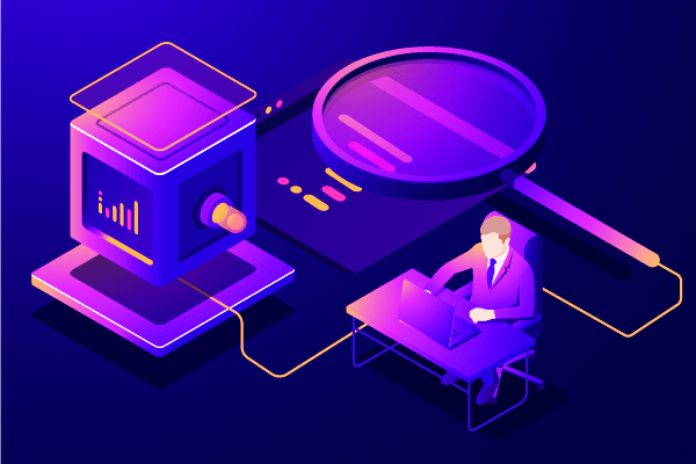Internet Of Things In Health: The internet was created in 1969, and its initial functionality was only for educational use, more precisely at the University of California.
At the time, the main objective was to exchange information between research laboratories and such technology was called ARPANET.
But the internet we know today was “created” in 1989 by Tim Berners Lee. Today the internet has gone beyond the simple purpose of exchanging information.
In practice, the internet has become a new reality for us, and, despite not being physical, it is real and can be “touched” through our smartphones, tablets and computers.
There are several concepts within what we know as the internet, such as the machine learning method. This exists thanks to the technological advances that the internet has provided.
In this context, we will address the Internet of Things (IoT), better known as IoT. IoT is applicable in all areas, from agriculture to education. And, of course, it is no different in the area of health!
The health area invests the most in technologies to improve how they work and provide the best care to the patients served.
The contributions of IoT in health are not only important, but they are also becoming a staple for the sector. The Internet of Things in healthcare is wider than just professionals such as doctors and nurses but also patients.
What Is The Internet Of Things?
The Internet of Things is not just a concept but a use. Think of it like this: a device assists the patient in a hospital, sending information to the doctor’s smartphone. This information serves to promote the best care for the patient.
This small example is IoT: devices that connect and talk to each other, sending pertinent information about some action.
Another general example is a house with a smart light bulb, where you request from your smartphone that the light in the room be turned on, and the light bulb be turned on. Do you understand how it works?
These devices are connected and send information to each other without human interaction. In practice, it is clear that they need to be compatible for this connection to exist, but the fact that they are connected already puts the IoT into practice.
In health, over time, this technology is acquiring an important role. Especially after the pandemic period of previous years, which caused this technology to evolve.
Internet Of Things In Healthcare
As mentioned above, health is an area that invests heavily in technology. From innovations to registering and scheduling patients to perform surgical procedures. In any case, the technology is there. There is a classification of smart devices, namely:
- Internal devices;
- External devices;
- Fixed devices;
Internal Devices
They are those that go internally in the patient’s body. They aim to help an organ or even replace those in trouble. Of course, it does not apply to all organs, but it is still a technology used by modern medicine.
External Devices
They are devices that accompany the patient to help him, such as biosensor devices, which are in contact with the skin and thus manage to monitor some aspects of the patient’s health.
Monitoring wristbands showing the wearer’s heart rate or blood oxygen saturation level are examples of external devices.
Fixed Devices
They are devices in health organizations, such as hospitals and clinics. They are operated by professionals and used by patients under medical supervision.
Conclusion
The Internet of Things in health provides more quality for the patient, considering that using these devices guarantees greater health safety.
For example, there is smart milk technology, and smart beds are beds that monitor the patient without needing a nurse or doctor to be present at all times.
These beds send information about the patient’s health status to the professionals’ smartphones.
As the IoT performs activities that were once done physically, this automation gives freedom for health professionals to pay attention to the demands that need a professional look.

